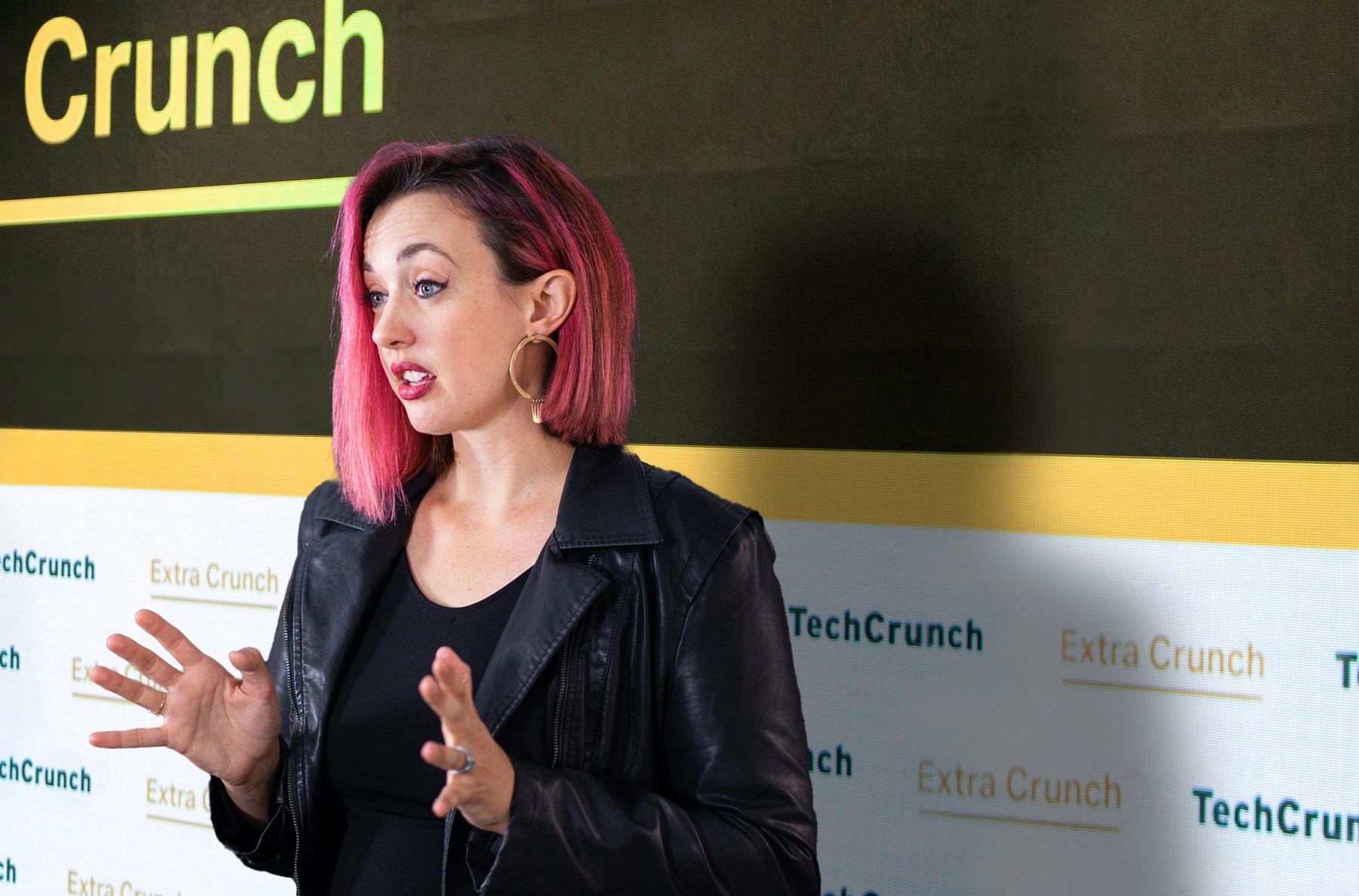I am an art historian who has carried out extensive research on the evolution of the market for “recent art.” And I can tell you that something generational is now happening with NFTs.
As a historian, this is quite exciting — almost the equivalent of an astronomer getting to watch the birth of a new galaxy. The multimillion-dollar results achieved by Cryptopunks, Bored Ape and Beeple have shattered long precedents in the history of art auctions and suggest that we may be nearing some tectonic tipping point around digital culture and virtual currency.
That tipping point may be inevitable in the century to come, but the fate of today’s most visible figures is remarkably uncertain. Having studied several of these cycles up close, I can say with some confidence that the factors that have determined whether art trends become art history are receiving scant attention amid the NFT writing of today.
Namely, the movements that have held their long-term critical esteem (as well as market value) are those who have managed to attach themselves to the institutions, such as museums and universities, that both distill prestige and create knowledge.
Said differently, how will the world of NFT.NYC, taking place now in Times Square, relate not only to Sotheby’s downtown, but uptown — to MoMA? Or to Columbia University’s Department of Art History and Archaeology, widely considered the preeminent modern and contemporary program in the world?
The NFT world may collectively decide to sidestep these questions. No one would think of looking to the Golden Globes or the NYU film school to arbitrate the value of TikTok virality.
However, I’m skeptical that no serious attempt will be made to cultivate NFT worth for the long haul. There’s just too much at stake for the multibillion-dollar ecosystem of today not to attempt to organize and sort itself out. Gatekeepers and tastemakers arise organically, and powerful ones already exist in the $60 billion art market that predates the NFT universe by hundreds of years.
Indeed, the relationships between artists, collectors, curators and academics have formed the fault lines around which art history has broken over the last centuries — sorting winners from losers, visionaries from imitators, priceless heritage from passing fancy. And I am certain that, for the NFT world, this intersection of intellectual and financial value has the potential to matter a lot. More than almost anyone realizes.
Probably the closest art historical analog to the present NFT fervor was the dramatic rise of pop art in the early 1960s. Artists such as Jasper Johns and Andy Warhol turned suddenly and in earnest to colorful, recognizable imagery produced in technological, déclassé media in multiple such as screen prints and lithographs.
Intentionally or not, this created an unprecedented volume of stuff to sell to the nouveau riche who had been locked out of the Old Master circuit. Fifty soup cans support a lot more market action than one Vermeer.
Gross market value aside, the durability of the success of Johns and Warhol is due in no small part to the efforts of a dealer named Leo Castelli, arguably the most impactful character of modern art history whose name is not widely known beyond the discipline.
My research uncovered how Castelli zealously worked to ensure that his coterie would end up on the walls of museums and as the subjects of academic monographs, endeavors that required him to occasionally flout ethical and legal norms. Importantly, his efforts broke through for a wave of new significant voices: not just the first young Americans to cross the threshold to canonization, but many of the first openly queer figures, as well. It rarely permits coloring within the lines, but writing history in real time can open the door to necessary change.
Pop’s priming of the museum ecosystem stands in marked contrast to a more recent episode of democratization. The “return to painting” of the 1980s presaged the NFTs’ auction-fueled dynamics as dealer Mary Boone and Sotheby’s CEO Alfred Taubman pioneered techniques akin to futures trading and margin buying — the last major innovations in the art auction space before the blockchain. They effectively poured gasoline on the fire of the secondary market but, without significant attention to an academic or institutional matrix to support the work, the overnight sensations they hyped mostly faded into oblivion.
These things will matter deeply in the long run. As years stretch into decades and centuries, cryptocurrency usage will almost inevitably grow. Nearly every interaction on the planet today is technologically mediated in some way, and the currency of record is ever more likely to become that which is native to the medium. This long-term potential provides a huge opportunity to rethink not just the expressive capabilities of the NFT but the fundamental means of academic knowledge creation.
An incredibly rich set of potential lurks here, made all the more pressing given the unfolding waves of crisis in higher education. Imagine a political scientist gaining a chance to tinker with an experimental voting mechanic as a part of a decentralized autonomous organization (DAO). Or a historian working to close the gaps in an archival record through artistic re-imaginings.
Out of far-flung research, world-changing discoveries are sometimes forged. Voting mechanics might move from experimental margin to governmental center — perhaps finally unblocking comprehensive climate reform or other blue-sky legislative needs. The NFT world in which these ideas were incubated would have, through its collaboration with the academy, created something of deep significance. Something worthy of museum preservation (and market valuation) as an artifact of history.
At the present moment, open possibilities linger in the decentralized ether. How will practice be turned into history, ideally with the best net effect for society at large?
from TechCrunch https://ift.tt/3by4fOo



0 comments:
Post a Comment